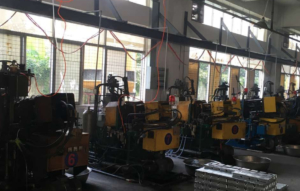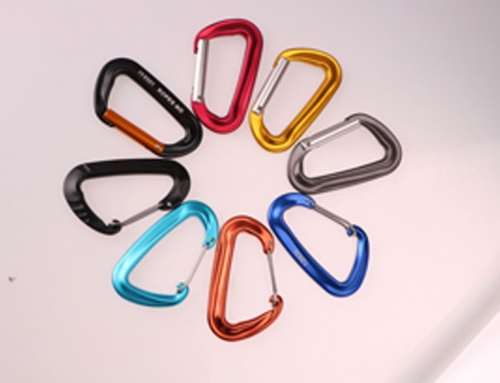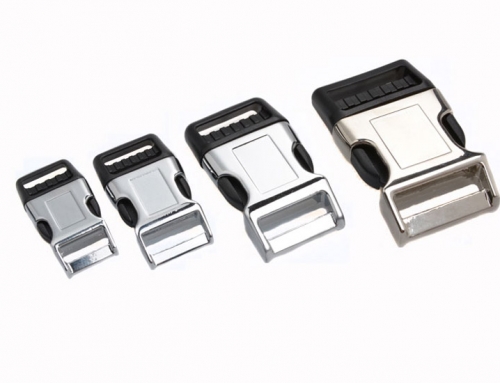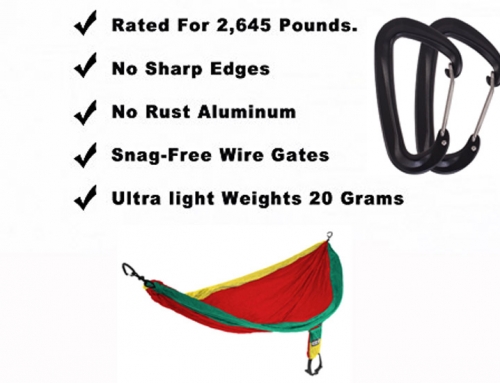What is a die casting?
What is a die casting? Die-casting is a fabrication technique involving high pressure injections of liquefied metal into a cast. It is useful for accurately mass-producing items according to specifications. Many products, such as automobile parts, sink faucets, and connector housings, are created using the process.
Die casting can be an appealing and cost-effective method for manufacturing sturdy items. When selecting an appropriate fabrication material, there are several factors to consider, including the type of die-casting process to be used and the intended function of the product.
Types of Die-Cast Processes
Two common die-casting methods are the cold-chamber and hot-chamber processes, and distinguishing the proper method largely depends on the size of the finished product and the alloy selected. For example, aluminum is a more efficient choice for the cold-chamber process than it is for the hot-chamber method.
• Cold-Chamber Process: Metal is liquefied in a furnace, then ladled into a cold chamber. This technique is often used with metals that alloy quickly with iron at high temperatures, such as copper and aluminum, because these materials would regularly pose problems when melted in a (part-iron) casting machine. The cold-chamber process is better-suited to metals with high melting points.
• Hot-Chamber Process: Metal is melted in the casting machine, and fed into the die. The injection method allows metal to be added more quickly, but is ineffective with materials that have high-melting points, such as aluminum-based alloys. Therefore, a hot-chamber process is typically used with tin, lead, or zinc-based alloys.
Zinc is relatively easy to cast and maintains high strength at room temperature, but can be alloyed with aluminum to further improve these qualities. Zinc has a lower melting point than aluminum and is suitable for hot-chamber casting. It is also valuable in the manufacture of products that require high precision and sturdiness, such as connectors and gears.
Considerations When Choosing Die-Casting Alloys
The function and use of the final product will dictate die-casting alloy selection. For example, if the component requires high strength and corrosion resistance, an aluminum or copper based alloy could be an effective choice. Another consideration is production volume. With proper maintenance, aluminum die-casts can have a life of approximately 100,000 cycles, while zinc molds can last up to one million cycles before being replaced. For long-term, high-volume production, it may be more cost-effective to use alloys that maximize the life of the molds.
Potential advantages
• Dimensional Strength: die-cast parts are stronger than plastic components.
• Rapid Production: die-cast components can produce in high volume with relatively little tooling or machining.
• Smooth Surfaces: the die-cast process can create finished parts with curved or seamless surfaces.
• Accuracy: die-cast parts can be created with close adherence to specifications.






